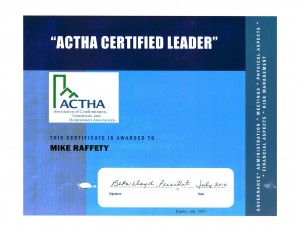I’ve been involved in building many new clubs, both community and company, and they tend to take rather different paths. Company clubs are relatively easy to build, but also easy to lose (e.g., management changes priorities for time and/or funding). Community clubs can be a challenge to build, but given a good start, tend to stick around a long time.
One technique I’ve seen work well for building community clubs is to grow an existing club so large that it can spin off a new club. This method allows you to gradually grow the “new” club from within the existing one, and every guest sees what a good strong club looks like. The more traditional approach with a community club might start with a handful of people (which can result in difficulty producing a good meeting), and then new people sign up largely on faith that it will eventually charter.
Once a club reaches 40+ members, spinning off the new club is mostly a matter of paperwork; the hardest part, the membership building, is done! Things to decide are which members go into the second club (needs to be a good mix of new and old), club officers, and a new club name. The only money is the $125 club charter fee.
Selling this to the club can be quite an exercise in leadership though. The biggest concerns I would discuss are:
- Club officer workload: How does the VP-E schedule 40+ members, finding a big enough room, collecting dues from so many, etc.
- Meeting speech slots: Even in a weekly club with 5 speeches per meeting, that’s 250 slots a year, divided by 40 members, means each members gets to speak an average of six times a year, once every two months!
- Leadership opportunities: A second club means the members now have 14 officer positions for practicing leadership instead of 7.
- Lost membership: Many large clubs have a remarkably high member turnover rate, since they are unable to schedule members to speak often enough, and they can feel like a small cog in a big machine.
- Members must feel welcome to visit back and forth between the two clubs regardless of which club they’re formally paying dues in.
- Clubs may meet no more than once a week: It’s not in the club constitution and bylaws, but WHQ has issued statements that a club may not regularly meet more often.
I believe that the highest recognition of a club’s quality is that it is so successful, it spins off new clubs (perhaps regularly!).
Which clubs are eligible for this process? You can find a list for your district on the page below, the last bullet at the bottom (select your district number from the menu):


